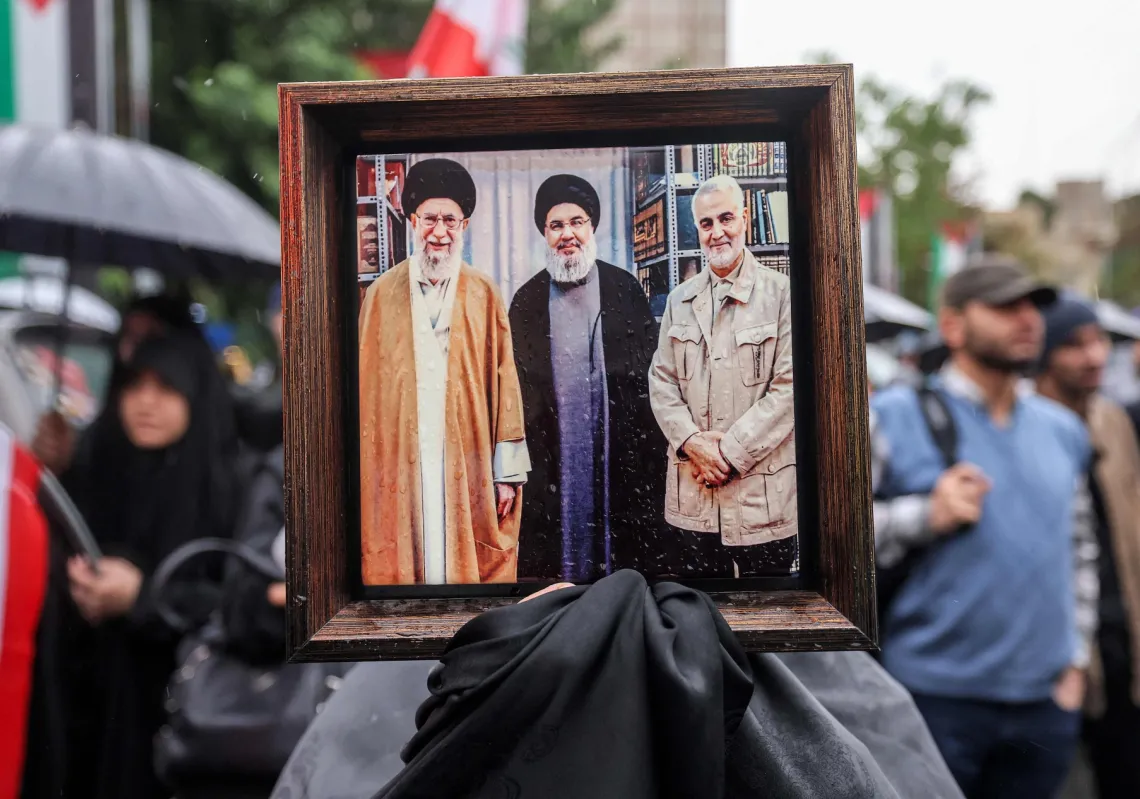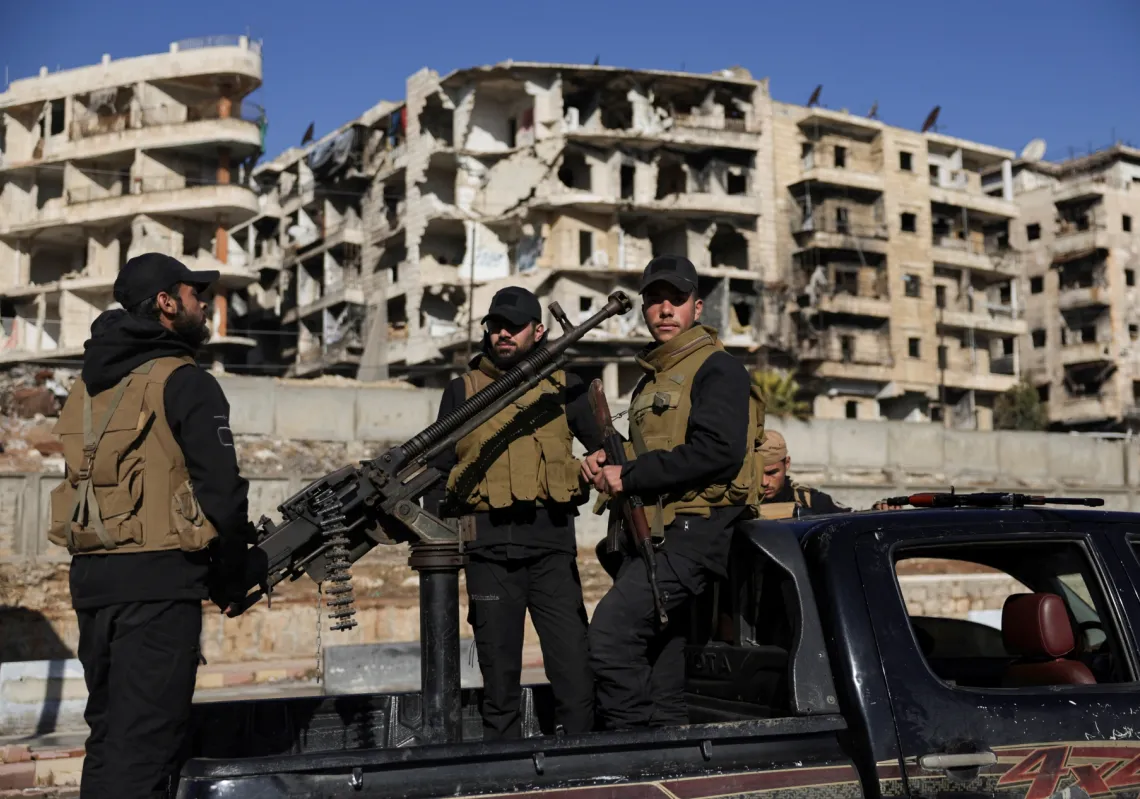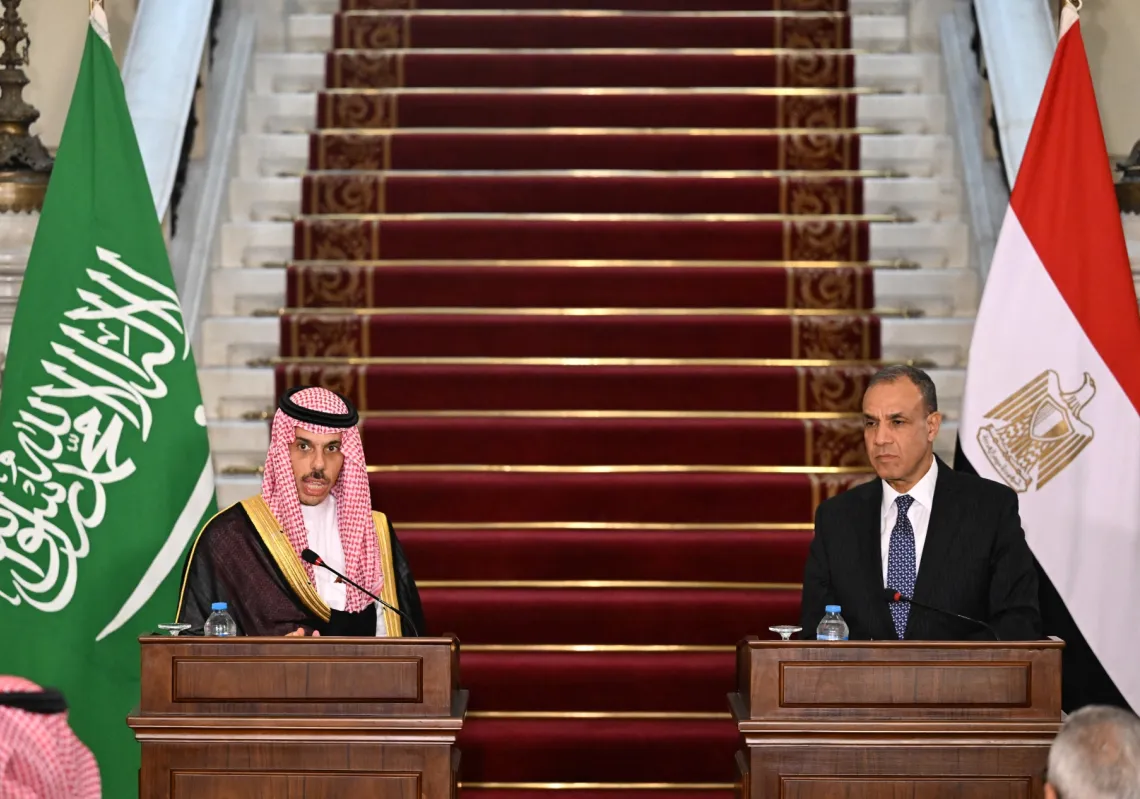Comparisons can certainly be drawn between Israel's current war on Lebanon and its past wars. However, this war's objectives are markedly different. As are the domestic scenes in Lebanon and Israel, coupled with the evolving geopolitical landscape.
Israel launched its first ground invasion of Lebanon, "Operation Litani", in 1978, two years after Syria's military intervention and three years into the country's civil war, which left its army fractured and paved the way for Palestinian fighters to enter the south after being kicked out of Jordan in 1970 following Black September.
The second Israeli invasion came in 1982 and culminated in the occupation of Beirut. Its goal was to eject the PLO chief, Yasser Arafat, and his comrades from Lebanon, which it succeeded in doing with American pressure.
In 2000, Israel was forced out of southern Lebanon. In 2004, the UN Security Council passed Resolution 1559 calling for the "disarmament of militias," and in 2005, Lebanon's Prime Minister Rafic Hariri was assassinated. Not too long after, Syria withdrew its forces, ending its decades-long military occupation of the country.
In 2006, Israel and Hezbollah fought a gruelling 34-day war which culminated in UN Resolution 1701, which called for the deployment of the Lebanese army in the south and Hezbollah fighters to pull back behind the Litani River.

Eighteen years later, Israel and Hezbollah are currently embroiled in another intense war after the Lebanese militant group opened a "supportive front" ostensibly to offset Israel's devastating war on Gaza. This time, Israel dealt Hezbollah a series of devastating blows, including the elimination of its top-brass leadership, including its iconic leader Hassan Nasrallah. While Israel says its war aim is to push Hezbollah forces behind the Litani River, many believe its true goal is the total disarmament of Hezbollah.
Below are some of the important similarities and differences between Israel's four wars in Lebanon.
Internal dynamics
While it is true that the 1978 invasion took place during the Lebanese Civil War, a period marked by a fragmented army and deep political divisions, today’s situation presents both parallels and new complexities. Although Lebanon’s political landscape remains sharply divided, the sectarian dynamics have shifted slightly, with Hezbollah now established as the dominant political and military force.
Unlike past conflicts, this war is unfolding amid a political vacuum: the presidency remains vacant, the government functions only in a caretaker capacity, and key senior officials in the most vital institutions—including the army commander and the governor of the central bank—have extended their terms.
The only notable exception is Parliament Speaker Nabih Berri, who has been a constant presence since 1982. He played a pivotal role during that era, even escorting Yasser Arafat during his departure, and he continues to be a central political figure today.

War aims
In 1982, Israeli Prime Minister Menachem Begin and Defence Minister Ariel Sharon invaded Lebanon with the aim to expel the PLO and its leader, Yasser Arafat. It targeted Palestinians who had come from Jordan, focusing on a specific group of fighters. These fighters were eventually sent off to neighbouring countries, including Tunisia. At that time, Arafat had many adversaries and few allies, among them Iraqi President Saddam Hussein.
Israel's war aims this time are different as its target is Hezbollah—an entirely different beast than the PLO. First of all, it is a Lebanese group. Second, it is fully backed and funded by Iran, operating within a robust “axis of resistance” network. Over four decades, Hezbollah has championed itself as a defender of the Lebanese Shiite community. It has built up a sophisticated security, military, political, economic, and social network—both domestically and regionally. Unlike the PLO in 1982, Hezbollah enjoys significant external support, particularly from Tehran, and is deeply embedded in Lebanon's internal structures.
Regional dynamics
The 1982 invasion occurred in a similarly complex regional landscape. Syrian President Hafez al-Assad was engaged in a fierce battle against the Muslim Brotherhood amid signs of his younger brother Rifaat's ambitions, particularly following al-Assad’s illness. Meanwhile, al-Assad aligned himself with Iran's Supreme Leader in the conflict against Saddam Hussein. This coordination between al-Assad and Khomeini enabled the Iranian Revolutionary Guards to establish the first Hezbollah cells in the Bekaa Valley in June 1982.
While the early 1980s were marked by inter-Arab divisions, primarily due to the 1978 Camp David Accords between Egypt and Israel and the onset of the Iran-Iraq War in 1980, there were elements of Arab cooperation in Lebanon. This was evident in the deployment of "deterrence forces" in 1976 and the gradual coordination between Arab states and Damascus, culminating in the Taif Agreement in 1989 under Saudi-Syrian mediation.
Today, the regional divide is much deeper, and the ambitions of non-Arab actors are far more nefarious. Iran’s influence, which began with the establishment of its foothold in the Bekaa Valley in 1982, has since expanded across the region, crossing borders and infringing on the sovereignty of various states.













